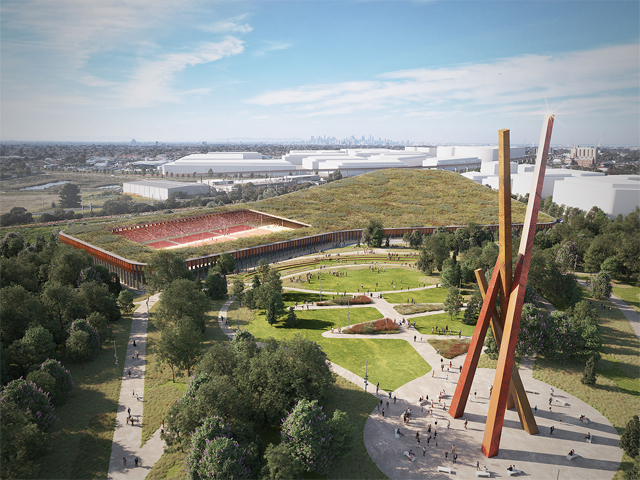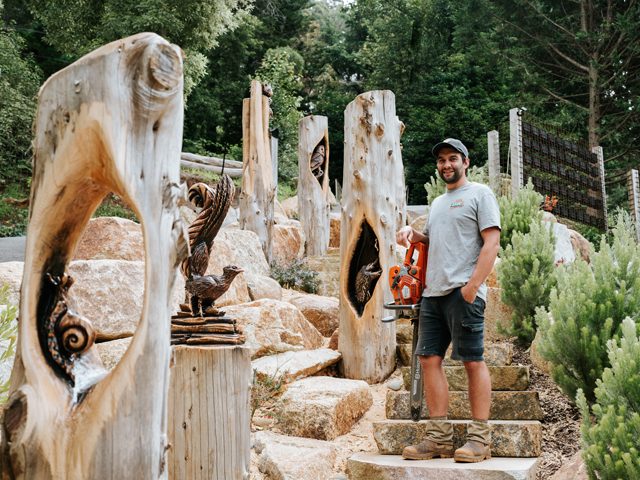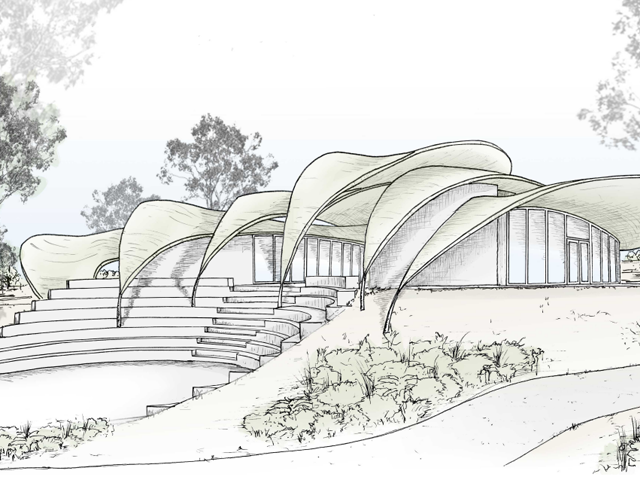SUSTAINABLE SPACE HABITATS
25 Jul 2019
NASA has announced the winners of its competition to create virtual constructions of 3D-printed habitats that can be used for humans to live on the moon, Mars and beyond.

NASA has named the top three teams in the complete virtual construction phase of its 3D-printed habitat competition. the latest round saw teams create detailed virtual models of shelters designed specifically for life on mars, with the winners each claiming a share of US$100,000 ahead of the grand finale next month.
First launched in 2015, NASA’s 3D-printed habitat challenge has invited teams from various areas to submit proposals for creating sustainable human habitats for use on the moon, mars and possibly beyond. Since then, teams have developed their concepts through architectural renderings and virtual models, with the latest phase requiring teams to create fully fleshed out architectural layouts and the interior spaces. 
The three winners of the most recent level of the contest were selected from a group of eleven team entries. Taking top honours was the Search+/Apis Cor team from New York who presented a twisted tower with trough-shaped ports on the sides and top. According to the team, its unique shape allowing for continuous reinforcement of the structure.
Taking second place was team Zoperhous from Arkansas, whose shelter is made up of connected modules. The team’s design includes using a moving printer that deploys rovers to retrieve local materials to create each module before connecting them to create an interconnected and expandable habitat. 
Finally, in third place was the Mars Incubator team, a collection of engineers and artists from Connecticut. Their design consists of four spaces: a vestibule, a primary living space, a multi-use space and a bio-generation area for plant growth.
The next phase of the contest will see the 3D-printed habitat challenge participants 3D-print a sub-scale (1:3) model of their habitat. This phase will take place between May 1-4 with $800,000 in prize money up for grabs.
Via designboom | Images courtesy of NASA

MORE NEWS

STRIKING GOLD IN BALLARAT

MELBOURNE'S NEW PARK ON A FORMER LANDFILL SITE

MASTERPLAN FOR INCLUSIVE, CLIMATE-RESILIENT COMMUNITY PARK IN LISMORE

WOOD CARVING WITH BRANDON KROON

HARNESSING THE POWER OF DESIGN TO TRANSFORM CITIES

